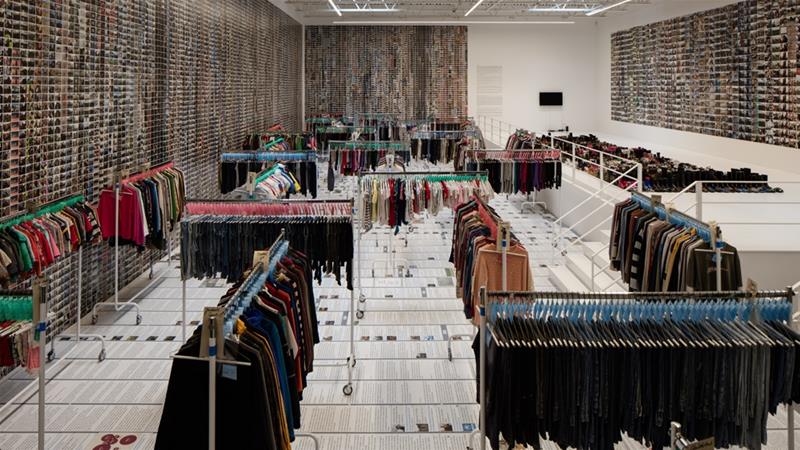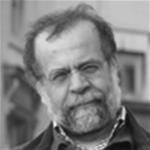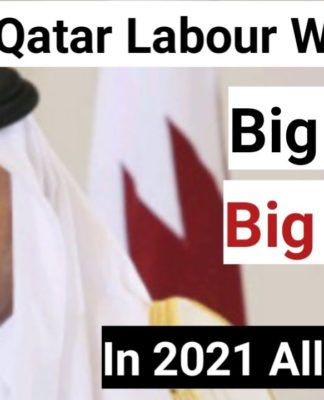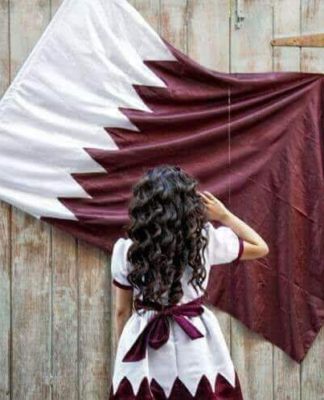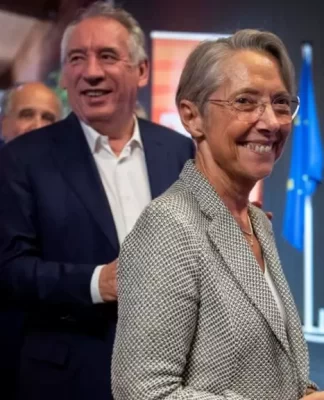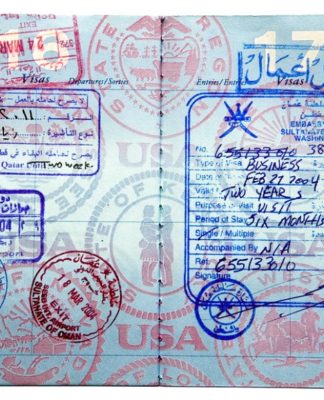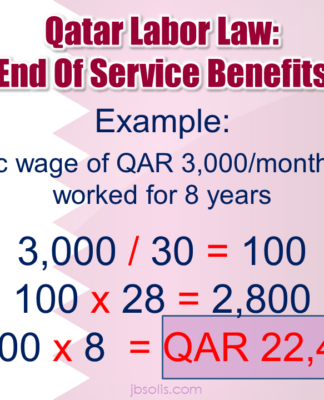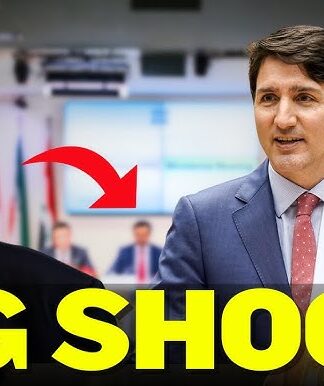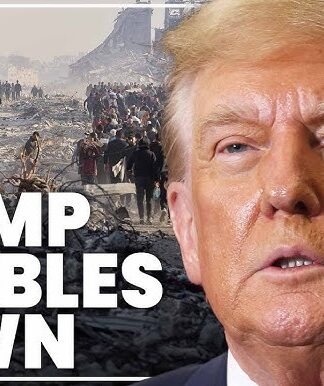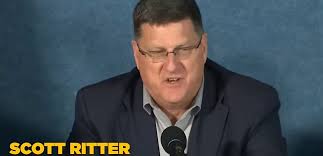![Between Ai Weiwei and Bashar al-Assad, we wonder There is something off about Ai Weiwei - his art does not quite resonate, and it certainly does not travel outside Europe and US art venues in any meaningful way, writes Dabashi [Studio Ai Weiwei]](https://www.aljazeera.com/mritems/imagecache/mbdxxlarge/mritems/Images/2018/3/20/b0b8043e83ec47fa87528a10752fff73_18.jpg)
On a fine early afternoon in late March a young German-Iranian friend and I walked into the Garage Gallery at the Fire Station in Doha, Qatar – and we wondered.
We were there to see the famous Chinese artist Ai Weiwei’s “Laundromat”: “A traveling installation”, as the official description of the exhibition says, “that brings the current European migrant crisis into sharp focus.” We had read before that “the work is centered around a vast makeshift camp near the village of Idomeni, on the border with the Republic of Macedonia. As part of his recently released documentary Human Flow, Ai Weiwei has borne witness to the brutal plight of refugees worldwide.”
Borne witness? Does the brutal plight of refugees worldwide – those from Syria in particular – need a witness? Surely. But how – we wondered. How can an artist, a work of art, transcend the mundane materiality of human wherewithal (a brush, a camera, a pen, a pair of washed and ironed pants) to reach for the quintessence of a man-made calamity? If the principle (but by no means the only) culprit of the Syrian catastrophe isBashar al-Assad, what can Ai Weiwei teach us to better bear witness to the crooked timber of our time?
Syrians doing their laundry
Ai Weiwei is a dissident Chinese artist who has become globally famous by virtue of European and US honorary awards bringing close attention to his work. No doubt he is a gifted artist deserving all the US and European accolades he keeps receiving. If you were to follow the list of awards he has received, you see his name appearing next to such suspect political figures like Myanmar’s Aung San Suu Kyi and the US’ Hillary Clinton.
None of these should, of course, be held against Ai Weiwei. He just happens to be top of the list for European and US joints giving top prizes to dissidents in China or Russia. They deeply care about “the human rights situation” around the world except in Palestineof course, or in Yemen for that matter, especially when Saudi Crown Prince Muhammad bin Salman and his fat chequebook arrive in London or Washington.
The provenance of Ai Weiwei’s name and reputation being launched from US and European art and human rights pedestals is a mixed blessing, however. It makes him globally renowned indeed – and yet once people outside the US and Europe – in Asia, Africa, or Latin America – go to see his work they wonder: Where’s the beef? When will the other shoe drop? What’s the big deal?
Rows after rows of neatly cleaned and pressed clothing items. Rows after rows of pointedly paired shoes. Rows after rows of pictures of the artist and his companions plastered on the walls. Where do we go from here? How are we supposed to look at these items and bear “witness to the brutal plight of refugees worldwide?”
There is a bizarre kind of sanctimonious politesse about these exhibitions. But one look at the face of a Syrian refugee child, a young Iraqi widow, or a Palestinian dead body on the border of Gaza robs us of all such outdated etiquettes. We must politely stand up and publicly wonder.
Can Syrian or Iraqi or Palestinian or Afghan or Somali refugees’ suffering be turned to art – and to what effect? Day in and day out, we are flooded with pictures, news, videos, and analysis of one calamity after another. We scroll down our newsfeed like watching Hieronymus Bosch’s hell panel from The Garden of Earthly Delight (1490-1510) – or The Harrowing of Hell, by one of his followers. What can we gather in a gallery in Doha or London or New York where we see people’s laundry cleaned, ironed and hanged?
There is something off about Ai Weiwei – his art does not quite resonate, and it certainly does not travel outside Europe and US art venues in any meaningful way. There is always a gap – at once aesthetic and political, semiotic and visceral, a cognitive dissonance standing between the work of art and our perceptions.
You never know if you are to shrug and call it a day and leave the venue, or sit down and ask yourself: what did I just see, what is the meaning of this? Am I to feel sadder, angrier, more determined after I saw these bizarre constellations of neatly cleaned and ironed pieces of clothing items and shoes?
The blood-dimmed tide is loosed
There is a reason for this cognitive dissonance, for this aesthetic disconnect. Ai Weiwei became globally celebrated and found his way to Doha or anywhere else around the globe by virtue of his US and European reception and celebration. He does not bring his Chinese experiences as a committed artist to other countries. His aesthetics are mitigated by his European curators. He projects a Euro-universalism with a Chinese signature: “Ai Weiwei”.
Artists like Ai Weiwei are products of US and European art stages – their political and aesthetics sensibilities, as a result, are aloof and abstract, rootless and available to the highest bidder.
It is from the vantage point of those compromised gatherings of artists in US and European art institutions that Ai Weiwei comes to look at Syrians and their plights like Shirin Neshat did during the Egyptian revolution before him.
And it is precisely for that reason that it makes no difference to him if he stages his work in occupied Palestine or in an Arab capital that welcomes him. Artists like Ai Weiwei are products of US and European art stages – their political and aesthetics sensibilities, as a result, are aloof and abstract, rootless and available to the highest bidder. They care about everything – a little bit.
Hanging clothing items in Doha or planting monumental iron trees in Israel – it makes no difference to Ai Weiwei. “Unifying massive works by Chinese artist and activist Ai Weiwei” we learn, “the Israel Museum presents Ai Weiwei: maybe, maybe not, an exhibition that features a series of installations that examine notions of the one and the multitude and of the individual’s relationship to his or her broader social culture.”
That’s lovely, isn’t it? When they are done shooting Palestinians dead in Gaza, maybe Israeli soldiers could take a break and go for a tour of Ai Weiwei works at the Israel Museum.
Justifying his decision to exhibit in the racist apartheid state of Israel, Ai Weiwei isreported to have said: “my voice should be heard. I have to make the argument … (and not say) ‘OK, let’s boycott it, and it’s nothing to do with me.’ I think that’s too easy.” Indeed; there is no message stronger than the medium. Walking over the dead bodies of Palestinians and their ravaged homeland to exhibit in Israel is a message the world hears loudly and clearly.
A Syrian artist can hear the falconer
I have had other occasions to wonder if a work by Ai Weiwei about the terror of Syrian refugees makes any sense at all. But my argument is neither personal nor questioning the validity of any other artist coming close to the Syrian catastrophe and dwelling on it.
Compare the case of Ai Weiwei to that of the Syrian artist Tammam Azzam who in 2012 had digitally reconstructed the US Statue of Liberty from the rubble of destroyed buildings in Syria. The artwork became the subject of varied and opposing interpretations, finally landing on the lap of pro-regime loyalists who appropriated it for their pro-Assad propaganda. The piece was also presumed to be a real sculpture until the artist said: “the work was done by a photomontage on the computer and not a real statue.”
Was this a pro-Assad or an anti-Assad piece? Pro-US or anti-US? Made from actual debris or only digitally? The issue is not to provide an accurate answer to any one of these questions. The issue is how a simple work of art has been so deeply rooted in the destruction of the artist’s homeland.
Much of our modern and contemporary conceptions of art and aesthetics are varied forms of Euro-universalism. When US and European artists produced art for their own galleries, museums, biennales, and audiences, that was their own business. They could, and they did, imagine their allegorical conception of “the west” as the epicentre of the universe. All the power to them. But today that Euro-universalism clones itself in artists from around the world.
An Arab, Iranian, Chinese, Pakistani, Turkish, Indian, South African, or Mexican artist strives to get exhibited in Venice or Santa Fe, which is perfectly fine too. But before long the symbiotic relationship between these artists and their European or US curators, benefactors, customers, and audiences transforms them into an empty shell of their former selves. Their lived experiences become limited to airports and biennales, interspersed with trouble spots like refugee camps, where people and their cultures are brutally cut from the organicity of the life, interrupted by those very US and European powers that now celebrate a Chinese, an Iranian, or a Pakistani artist who is there to represent truth in the world of alternative facts.
This, of course, is not necessarily the fate of all artists. There are countless examples of people like Nicky Nodjoumi or Amir Naderi whose stubborn fixation with their own rooted truth has charted a long, arduous, defiant, but ultimately triumphant course for them.
The views expressed in this article are the author’s own and do not necessarily reflect Al Jazeera’s editorial stance.










